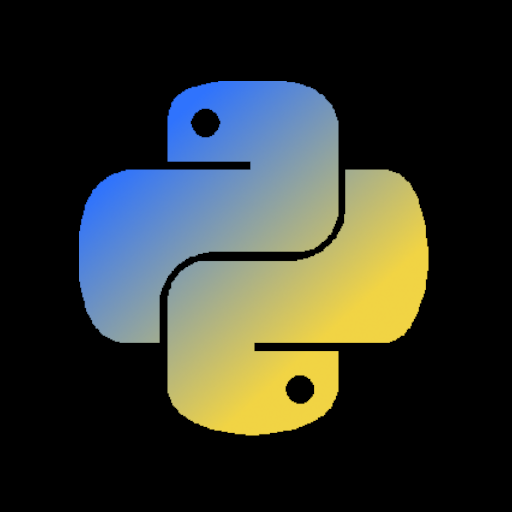

If it is the first thing, just put the db setup code you’re using in one file, call it “database.py”
# the code you commonly use, ending with
database = ...
From a second file in the same directory, write: main_program.py
from database import database
# The first "database" here is the module name.
# The second "database" is a variable you set inside that module.
# You can also write this as follows:
# import database
# ... and use `database.database` to refer to the same thing
# but that involves "stuttering" throughout your code.
# use `database` as you would before - it refers to the "database" object that was found in the "database.py" module
then run it with python main_program.py
The main thing to realise here is that there are two names involved. One’s the module, the other is the variable (or function name) you set inside that module that you want to get access to.
If things are changing a bit each month, then in your module rather than a plain variable assignment
darabase = ...you might want a function that you can pass in parameters to represent the things that can change:
def database(dir, ...): ... return ...Then you can call it like this:
from database import database db = database("/some/path")… gope that makes some sense.